As I mentioned in an earlier post I went on my first Cenote dive in August to the Suceo Casa Cenote. However, that was not considered a proper cenote dive since it was all in open water (where there was nothing overhead). A true cenote is one where the limestone roof hasn’t collapsed and you are essentially diving in a cave.
I went to my first proper Cenote dive this past Thursday to the linked Cenotes of Dos Osos and Bat Cave. Dos Osos means The Eyes in Spanish. We drove down south about 40 minutes from Playa, entered the park area, put on our dive gear and walked to the cenote entrance, which was at the east eye.
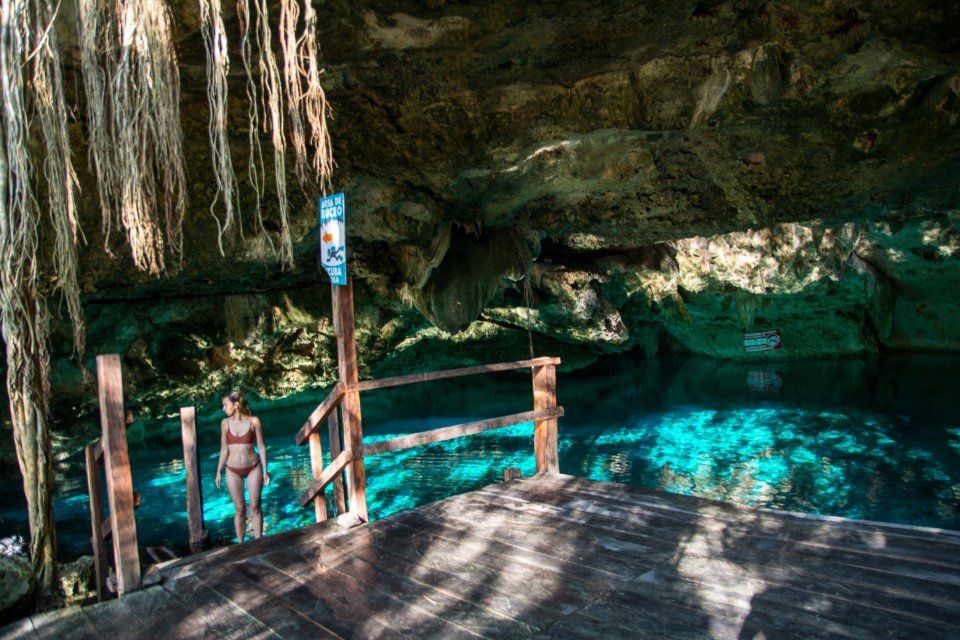
Since it was extremely dark in the cenotes we had to use diving lights and weren’t able to take any pictures with my new GoPro. So I’m using all stock pictures to try to capture the experience.
Once we entered the cenote it went from a bright round hole to a dark, gloomy cave. There was a line strung on the bottom and we followed it as we slowly moved forward. As we continued we could see blue halos of light to our sides and then ahead as the sunlight creeped through portions of the overhead limestone. There were beautiful and exotic stalactite and stalagmite formations all around us, above us and below us. As the west eye got closer we could see more beams of sunlight sparkling in the water ahead of us.
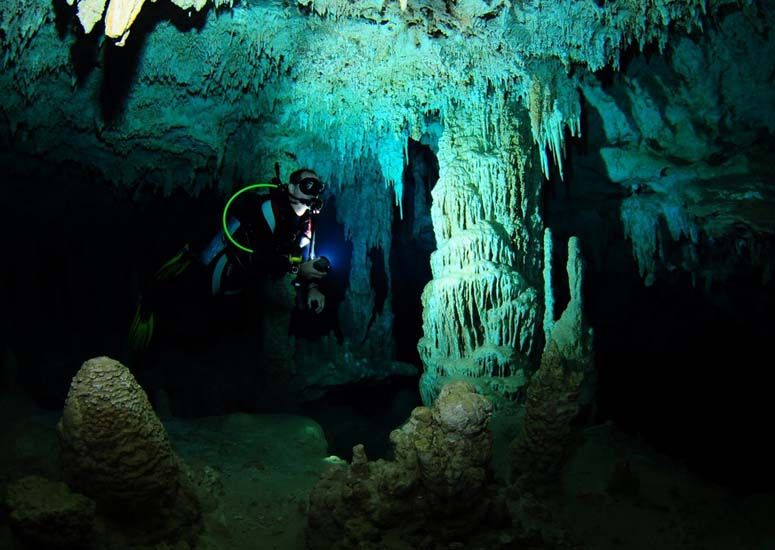
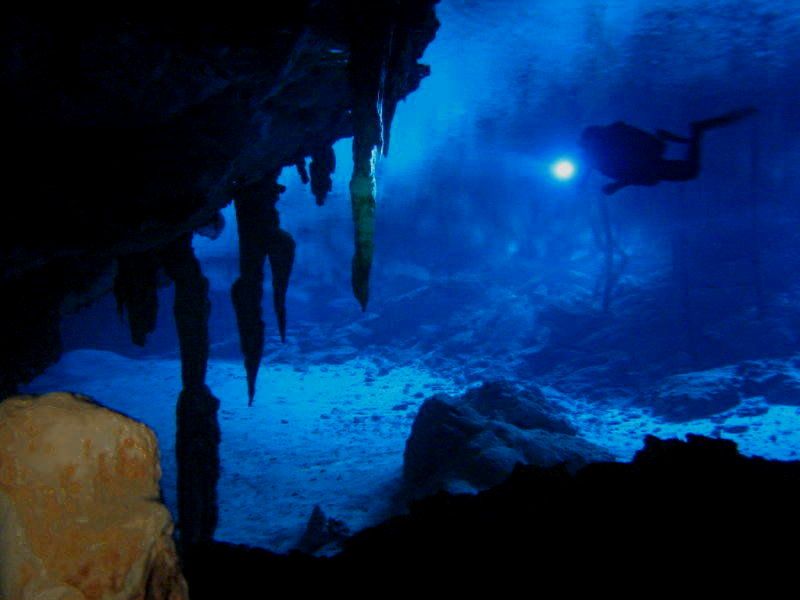
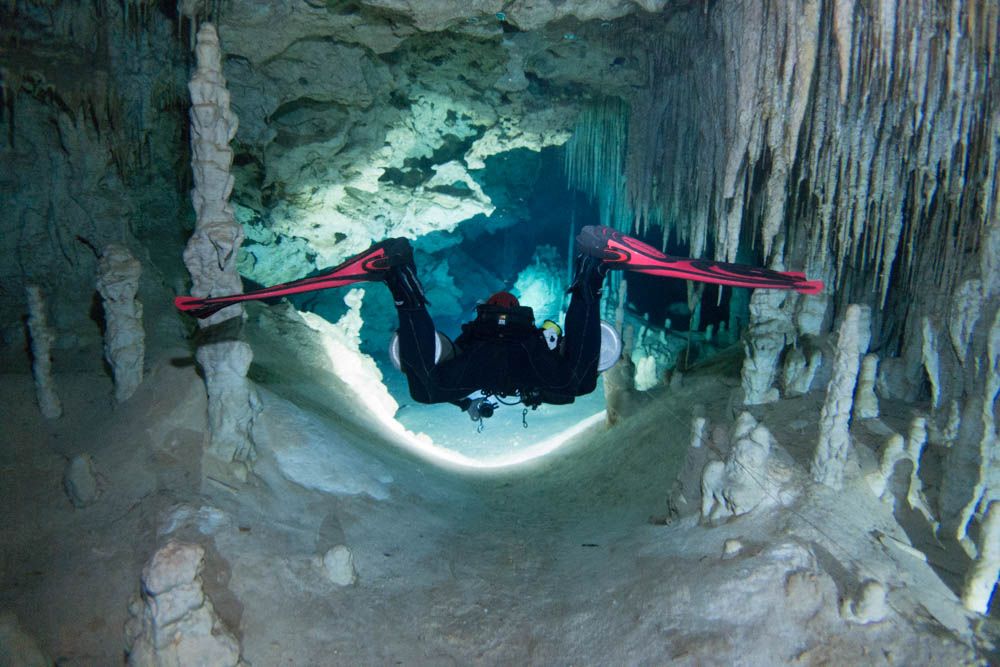
They called the turnaround point the Barbie Line and once we arrived, we could see why 😊.
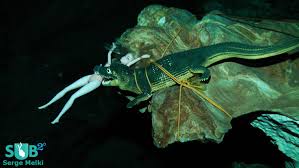
We returned on a slightly different route to the east eye. It was an amazing 50 minutes underwater!
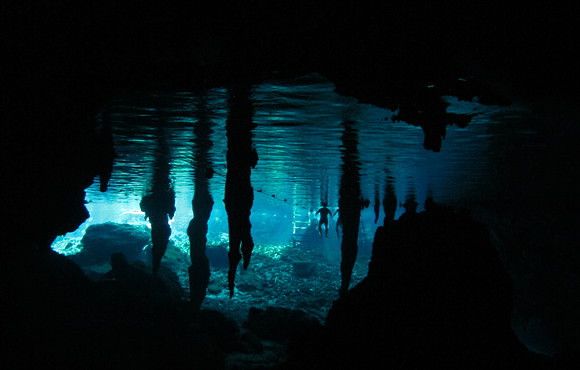
On the second dive we again started at the east eye, but instead went to the Bat Cave. This was a slightly shorter, darker dive. After about 20 minutes we came to the Bat Cave where we surfaced and looked around. There were incredible stalactites descending from the roof and we could see dozens of bats circling above us. Looking closer we could see even more bats hanging from the roof sleeping.
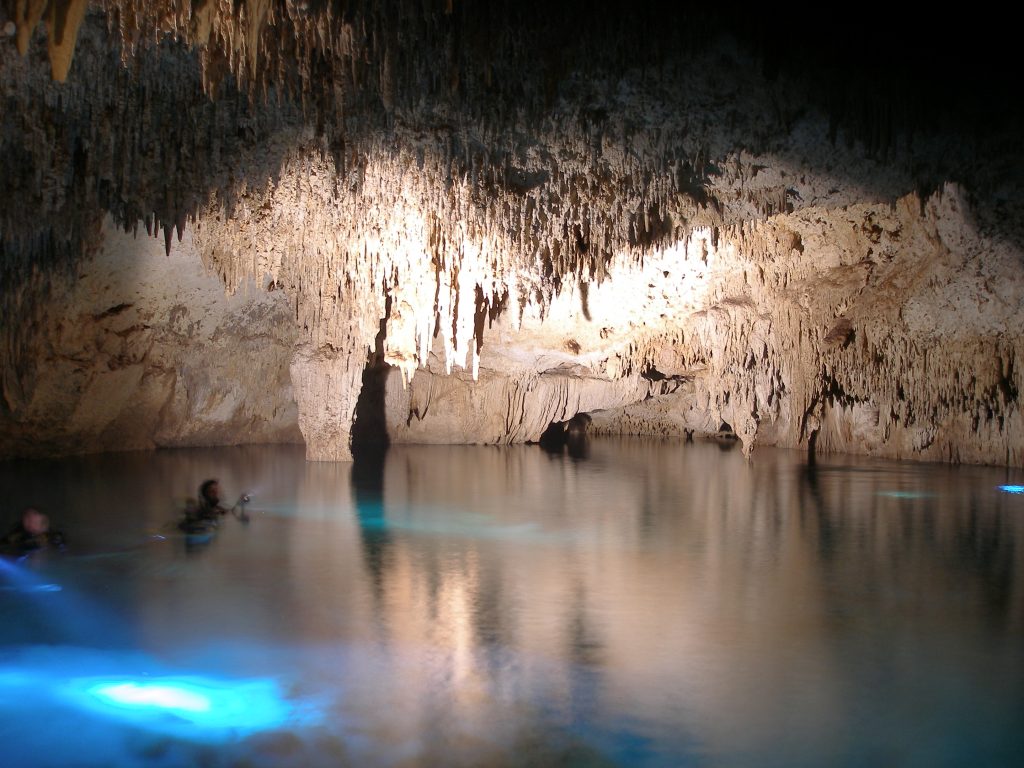
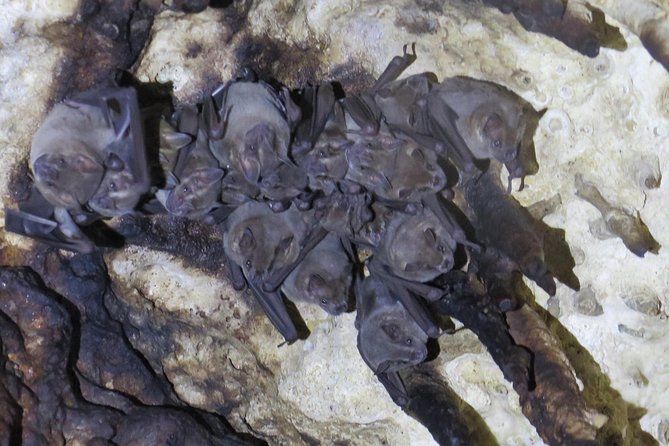
These dives weren’t nearly as stunning as the coral reefs of Cozumel, but they were an incredibly unique and enjoyable experience.
